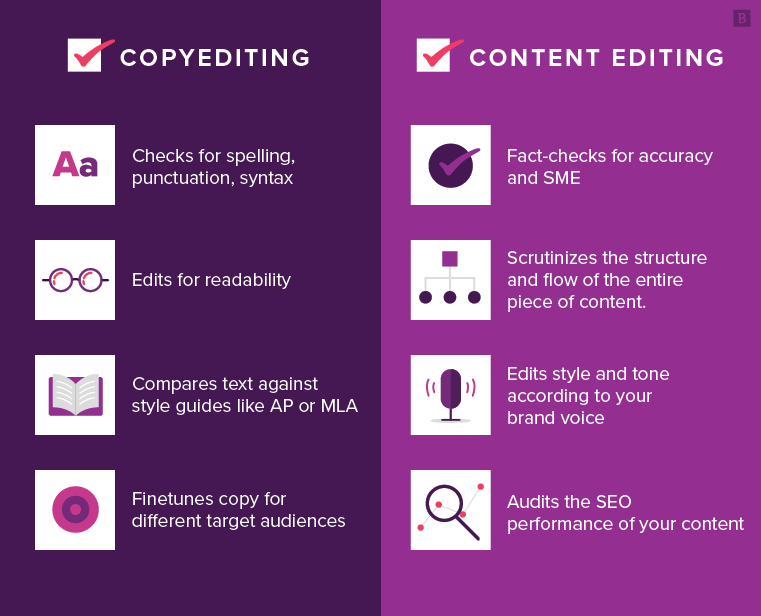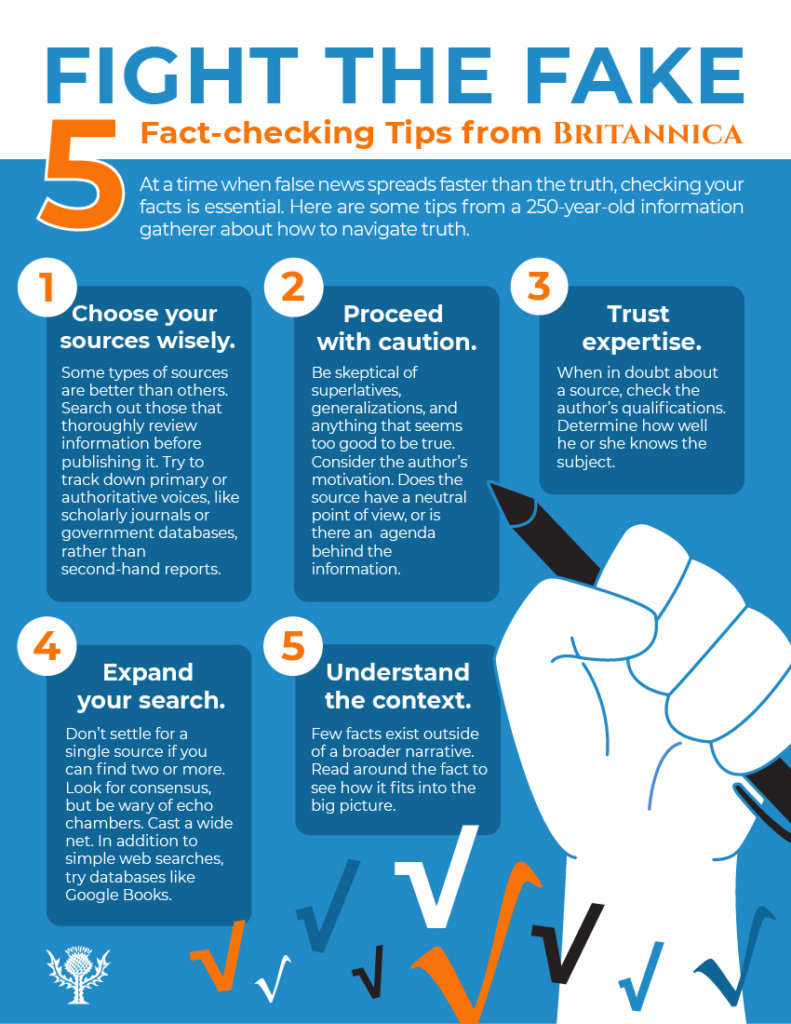What Is Content Editing, and Why Is It Crucial to Content Marketing?

Table of Contents
- What Is the Importance of Content Editing in Content Marketing?
- A Step-by-Step Guide to the Content Editing Process
- Conclusion
- FAQs
Content editing is a type of editing that examines content holistically—from broad concepts and content structure to finer details such as sentence construction, grammar, and punctuation. Its end objective is to generate the most compelling piece possible. It encompasses copy editing fundamentals and expands upon them by including brand message, compliance to a client’s style guide, and even strategic judgments concerning information design and delivery. Content editing elevates the value of all editing approaches.

What Is the Importance of Content Editing in Content Marketing?
Marketing has evolved dramatically to content-based promotions and, more significantly, content-intensive promotions. Nowadays, marketers prioritize content production. Great content keeps customers coming back to you. Getting followers is crucial, but so is creating material that trends. Therefore, it makes content editing vital for having compelling content.
Your content should be a top priority for several reasons. Many businesses fail to prioritize content. Those that do still experience difficulties with what material to create and why. The content editing process is crucial to marketing your organization and attracting the right audience. Here are a few ways in which content editing helps your business.
1. Boosted SEO efforts
The numerous algorithms used by search engines and social media sites frequently prevent your material from reaching your intended audience. Content editing helps build a language that is algorithm-sensitive.
2. Comprehensible messaging
Content editing simplifies technical terms. When building high-end, specialized equipment, the language utilized may be harsh for your audience to understand. With a content editor, you can be confident that the reader gets the message you’re attempting to send across.
3. Consistent tonality
A content editor helps build a consistent tone throughout your marketing materials. As a brand, you don’t want each social media outlet, as well as your website, to give a distinct perception. An editor helps you streamline your writing, so it doesn’t sound startling, awry, or non-uniform.
4. Minimized errors
Content editing helps avert humiliating blunders. While it is the copy editor’s primary function to proofread your work for errors, a content editor is also tasked with sniffing out minor errors and correcting them.
It’s incredible how much a comma can change what you want to convey. Remember the number of times you grimaced when you saw another company’s awful typo. If you don’t have a content editor review your work first, it might happen to you.
5. Improved engagement
A content editor helps improve your content’s engagement. Your copy’s language represents your company’s face. Do you want to be renowned for your boring content? An editor can assist in making your marketing or ad copy less salesy and more informational.
6. Uniform branding
A content editor not only fixes faults in your material but also creates an editorial style guide. Style guides help keep your branding copy consistent across all channels.
7. Fine-tuned communication
An editor clarifies, prioritizes, and fine-tunes your message. They help you design your text, so the reader/viewer receives the exact message you intended. The unwanted subtext is eliminated to minimize contradictions and confusion.
8. Content creation
A content editor doesn’t just edit but also assists in creating material. They help generate high-quality content for your brand across various platforms. Having an editor helps create material that is authoritative and refined.


A Step-by-Step Guide to the Content Editing Process
The content editing process is multi-step and entails reviewing the same material numerous times with a new focus.
There are many steps in content editing, and they have been listed below. Barring the first and last steps, you can complete the remaining tasks in whichever sequence you consider most productive. Some editors believe it is preferable to straighten up the details first and then consider the large picture; others think it is better to handle the significant picture concerns first and then deal with the specifics.
Step 1: go over the text
Read it from beginning to end without making any changes. The objective is to understand what the text is about, what it entails, and where it is heading.
Step 2: use a fine-tooth comb
Make corrections to typographical errors, punctuation, and grammatical errors, and ensure that everything is appropriately styled.
Step 3: take a comprehensive overview
Ascertain that the text’s structure makes sense. Is the material presented in the correct sequence? Does it flow effortlessly and seamlessly from one thought to the next? Is everything discussed in detail? Are there any unresolved issues? Is there any information that is missing?
Step 4: verify the facts

You should verify every detail. Verify the accuracy of names and titles. Dates and places should be confirmed. Carry out the calculations—contrast summaries of reports, data, or research findings with the original data. Conduct a thorough examination of all sources.
Step 5: make the necessary revisions
“Revision” is a broad term that encompasses a variety of activities, including deleting redundancies, reducing verbose language, potentially trimming for length, and ensuring that no previous editing has produced gaps or faults in the text. The revision step may occur following the fact-checking stage. Once the writer has addressed any unanswered issues and filled in any voids in the story, specific paragraphs may require reworking.
Step 6: determine the type of display
Numerous editors also produce display text—headlines, headers, descriptions for photographs, and summaries. It’s ideal to do this once the material has been approved for publication, and no more substantial revisions are expected.
Conclusion
Most marketing firms are reluctant to invest in an editor, which weakens their position in their overall success. Content editing makes technical terminology more understandable, avoids embarrassing blunders, makes your material more interesting, and avoids typical grammar and spelling problems.
Even if you believe you can accomplish it, small details can slip past your fingers and end up online. It is why it is best to have a professional review the content. Whether you have an in-house editor or must hire an external one, always have another person examine your writing before hitting “publish.” It won’t break the bank, and you can concentrate on the information rather than the presentation, allowing for more time for innovative ideas.

FAQs
A content editor is responsible for editing marketing copy to promote your products and services. They restructure, proofread, and edit articles while adding new material to the website and social media.
Content editing has three stages—substantive editing, copy editing, and proofreading.
A content editing checklist is a one- or two-page document that identifies all concerns, such as passive voice, typical spelling errors, etc., to look for while reading an article. It also summarizes brand voice and style.
A proofreader will look for typos, incorrect punctuation, textual and numerical inconsistencies, etc. On the other hand, the content editing process fixes fundamental issues like sentence structure and language clarity. A thorough edit will improve the text’s readability, clarity, and tone.
Writing requires editing as well as proofreading. Content editing improves your style of writing and the clarity of your thoughts. The content editing process requires rereading your document to look for significant issues, such as text organization, flow, and language.
Content editing might be developmental, substantive, or content-based. Here are some common forms of editing.
1. Structural editing
2. Copy editing
3. Line editing
4. Mechanical editing
Latest Blogs
Explore how Google’s 2025 AI search updates triggered ranking chaos. Learn actionable strategies to adapt your SEO for AI Overviews, zero-click searches, and SERP volatility. Stay ahead now.
Learn how to rank on AI search engines like ChatGPT, Perplexity, and Gemini by optimizing your content for authority, structure, and relevance. Stay ahead in AI-driven search with this strategic guide.
Explore the best healthcare SEO services for your medical practice. Improve online visibility and effectively reach more patients in need of your services.
Get your hands on the latest news!
Similar Posts

B2C Marketing
5 mins read
Top Choices for Best Content Marketing Services in B2B Industries

Artificial Intelligence
5 mins read
How A Lead Generation Specialist Can Use AI-Powered Content Funnels to Drive Conversions

Artificial Intelligence
4 mins read